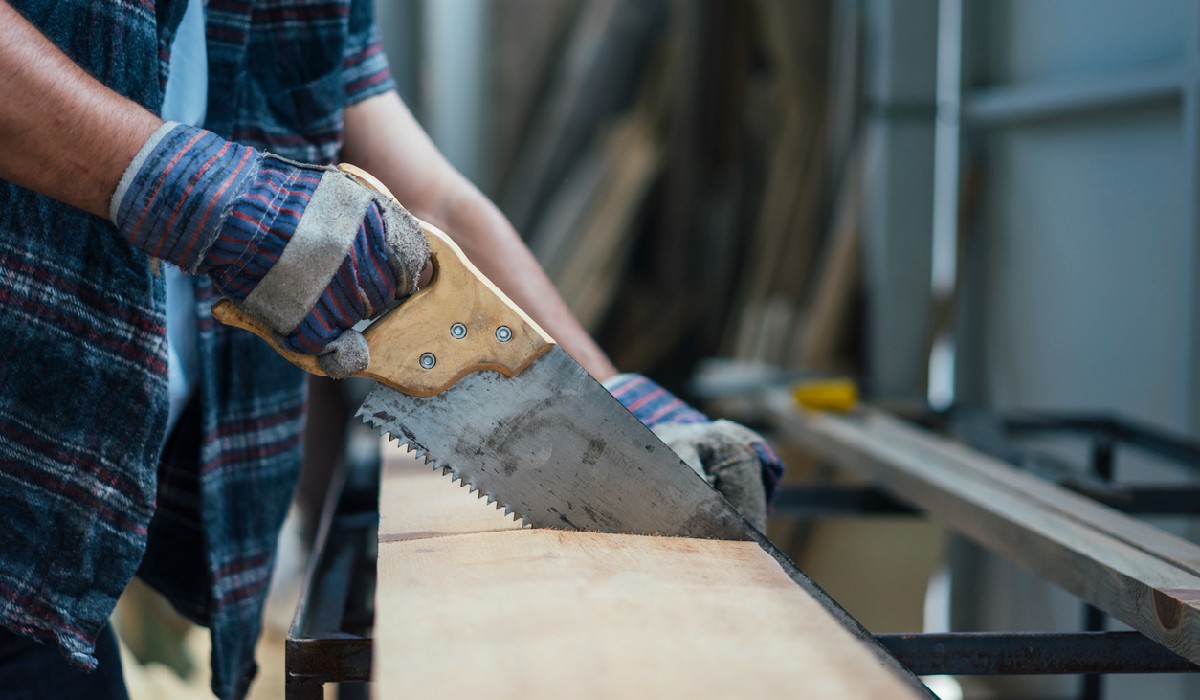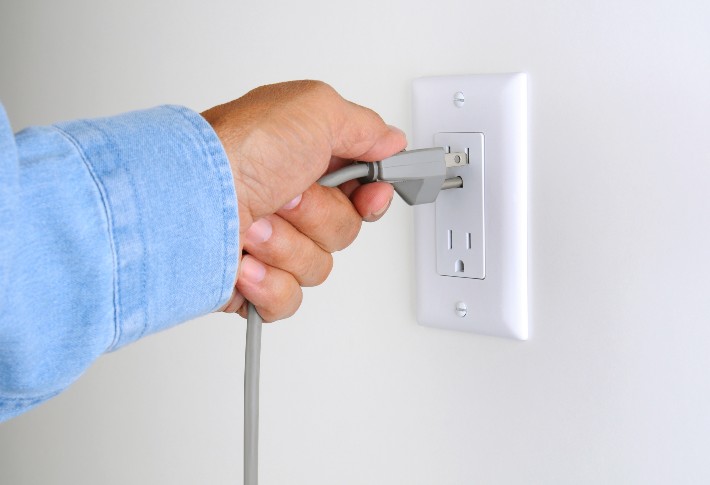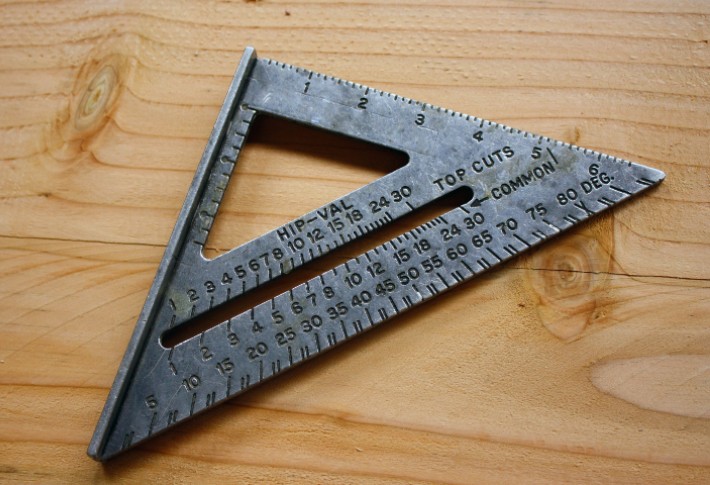Which Saw Should I Use for My DIY Project?

It’s time to complete that DIY project you’ve been planning for months. But you may be wondering which saw is right for the job. Choosing the right saw can make all the difference in the world, and the wrong saw can cost you time, money, and even safety.
In this post, we’ll discuss the various types of saws available and which are suitable for different types of jobs. We’ll also cover the things to consider when selecting a saw and safety tips for using one. With this expert advice, you’ll be able to select the perfect saw for your next project.
Hand Saws
When it comes to smaller projects, a hand saw is often the best choice. Hand saws require no power source and can be used for precision tasks that may be difficult with a power saw. Let’s review some of the most popular types of hand saws.
Crosscut Saw
As its name suggests, a crosscut saw is designed for cutting across the grain or an existing cut. It typically has alternating teeth that are curved on either side, which allows for finer cuts than other types of hand saws can produce.
Rip Saw
A rip saw is designed to cut along the grain or split wood into two pieces, making it ideal for larger projects, such as building furniture or creating joints in woodworking projects. The saw blades are characterized by their straight-edged teeth that point forward in one direction.
Bow Saw
A bow saw is ideal for cutting curved shapes in wood and features a metal frame with a blade attached that looks like a bow shape when seen from above. This shape makes them great for precise cuts, especially with curved shapes like circles or arcs.
Back Saw
Like a crosscut saw, back saws have alternate teeth that are curved on either side, but they are typically much finer and slimmer than those on a crosscut saw. This shape allows for precise cuts in tight spaces, like cutting out dovetails or creating furniture joints with tight corners.
Keyhole Saw
This type of hand-saw is suited to tasks that require making holes in wood, such as drilling out mortises or creating decorative shapes. Keyhole saws have small sharp blades with pointed tips that work well for drilling through thicker material like hardwood or plywood boards.
Power Saws
Power saws are ideal for larger projects where speed and consistency are important factors. They can cut through materials quickly and with greater precision than traditional hand tools alone can provide.
Circular Saw
These versatile power tools have round blades that rotate at high speeds and can be used to make straight cuts along or across boards. They work quickly and can produce consistent results over time, which makes them perfect for larger projects like decks and shed walls where multiple identical cuts are necessary.
Jigsaw
This type of saw has reciprocating blades that allow you to make intricate curves and shapes easily and efficiently, making them ideal for detailed precision cutting tasks.
Table Saw
Table saws are stationary tools used primarily by professionals. They feature an electric motor mounted on a table surface with an attached blade guard over the spinning blade that allows you to make accurate straight-line cuts without using a handsaw.
Miter Saw
Miter saws feature blades mounted on an arm that can pivot from left to right, allowing you to make angle cuts along your material quickly and accurately. This design makes them great when you need to create corners where two angled boards join together at one end.
Reciprocating Saw
Reciprocating saws feature blades shaped like jigsaws but run at much higher speeds. These powerful tools can be used to make quick work of even challenging DIY projects, such as trimming tree branches or demolishing old wooden structures.
Considerations
Once you’ve decided which type of saw suits your project needs, there are a few additional considerations to keep in mind before you begin your work.
Size of the Project
This item should be one of your primary concerns. If you’re working on something large, like tearing down a wall, you’ll likely want to use a power tool such as a table or circular saw. If your project is smaller, you might opt for a more precise saw, such as a back saw or keyhole saw.
Budget
Another important factor when selecting the right tool is cost. Power tools are more expensive than traditional hand tools but may save you time in the long run due to their increased speed and accuracy. If budget is an issue, opting for a basic hand-saw like a crosscut or rip-saw may be your best bet.
Safety Concerns
When dealing with any power tool, it’s essential to take precautions against injury. Wear proper safety gear, such as goggles and gloves, while operating your machine, and always read the instructions included to fully understand how it works before beginning any project.
Conclusion
No matter what type of DIY project you’re tackling, selecting the right saw is essential. Careful consideration of the project needs, budget constraints, and safety concerns will help ensure you choose the right saw for the job. Whether you opt for a hand saw or a power saw, you’ll be able to get the job done quickly and accurately with the right tool. With this expert advice, you’ll be able to select the perfect saw for your next project and safely tackle your DIY endeavor with confidence.



